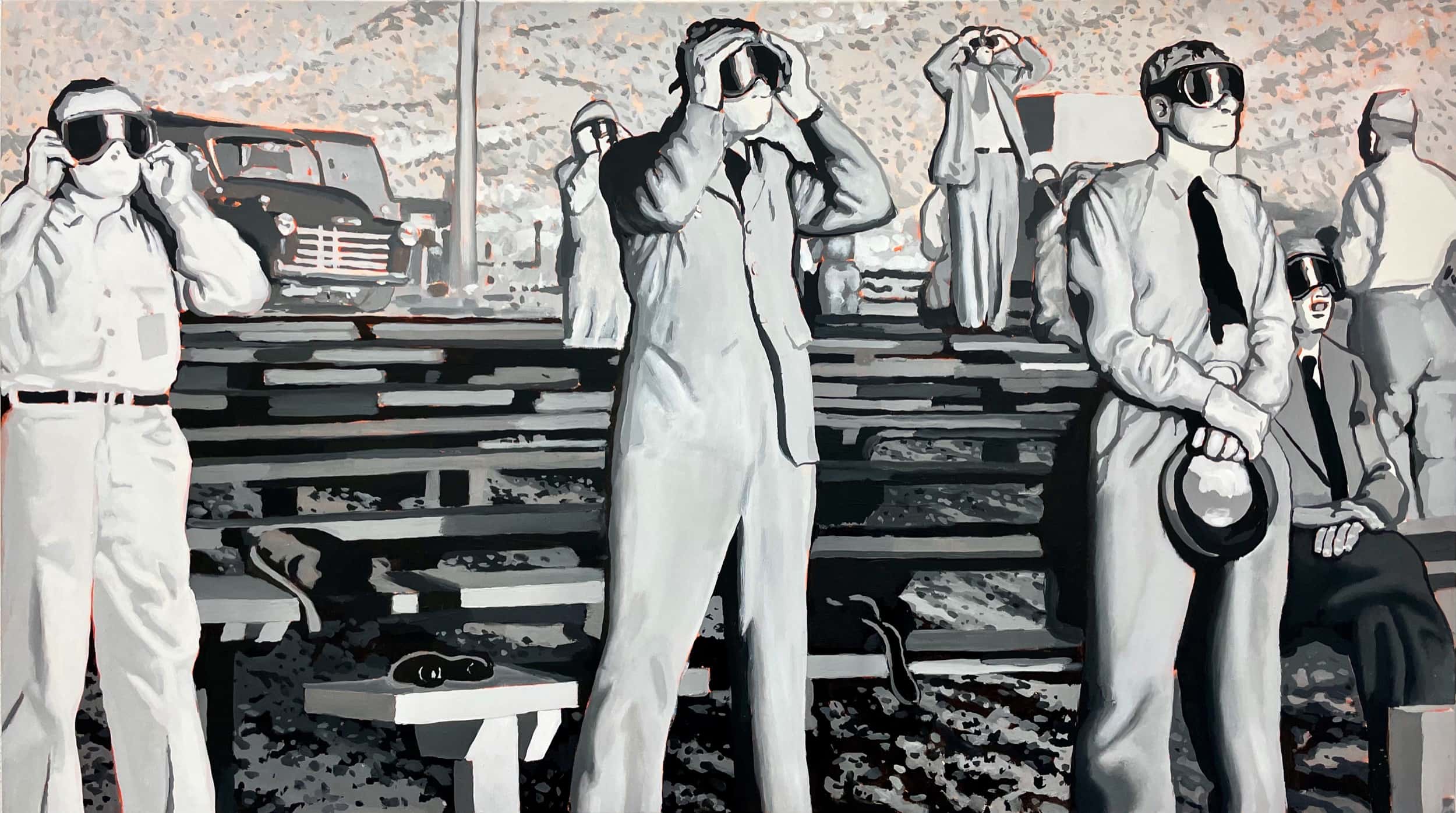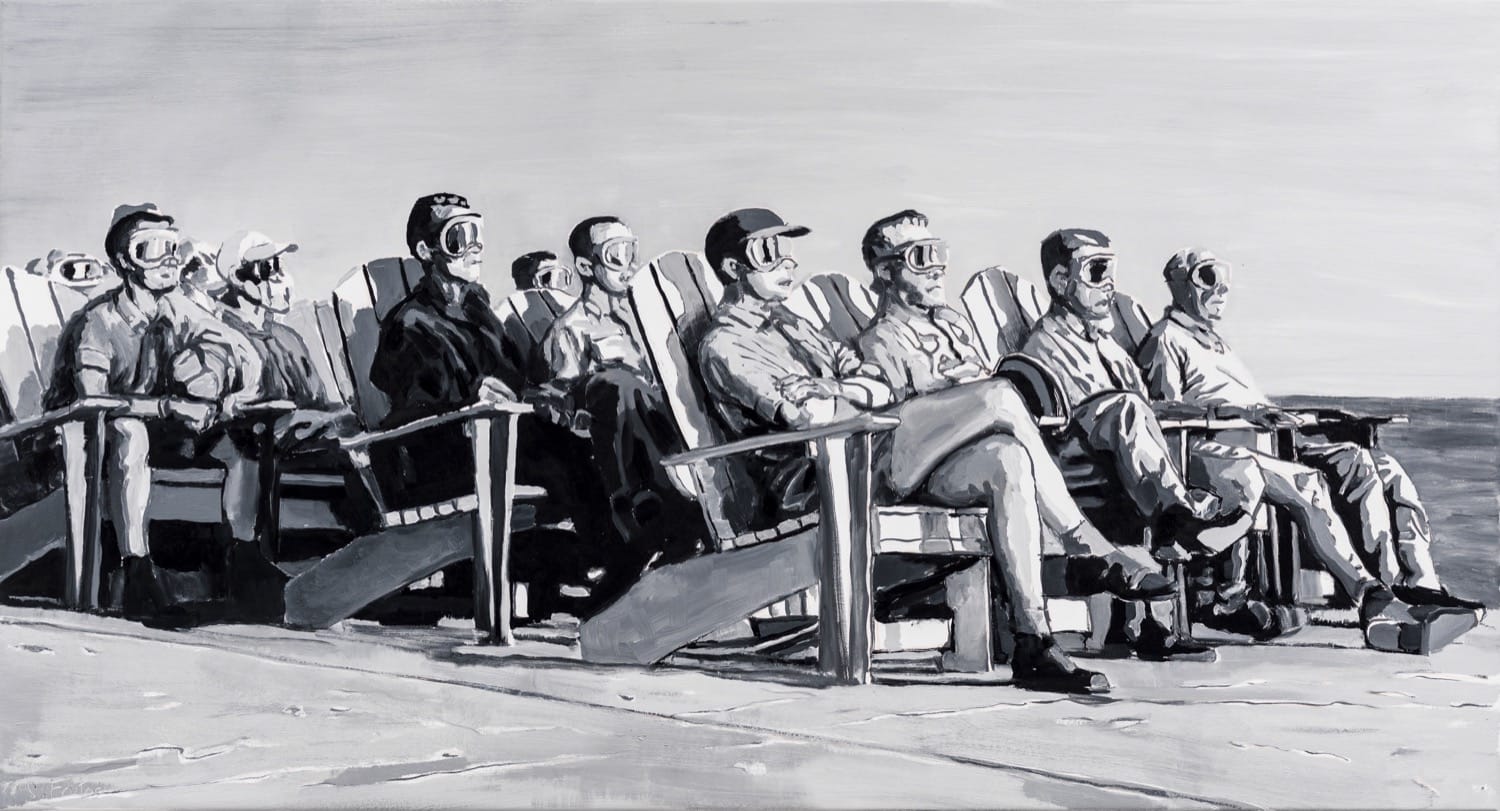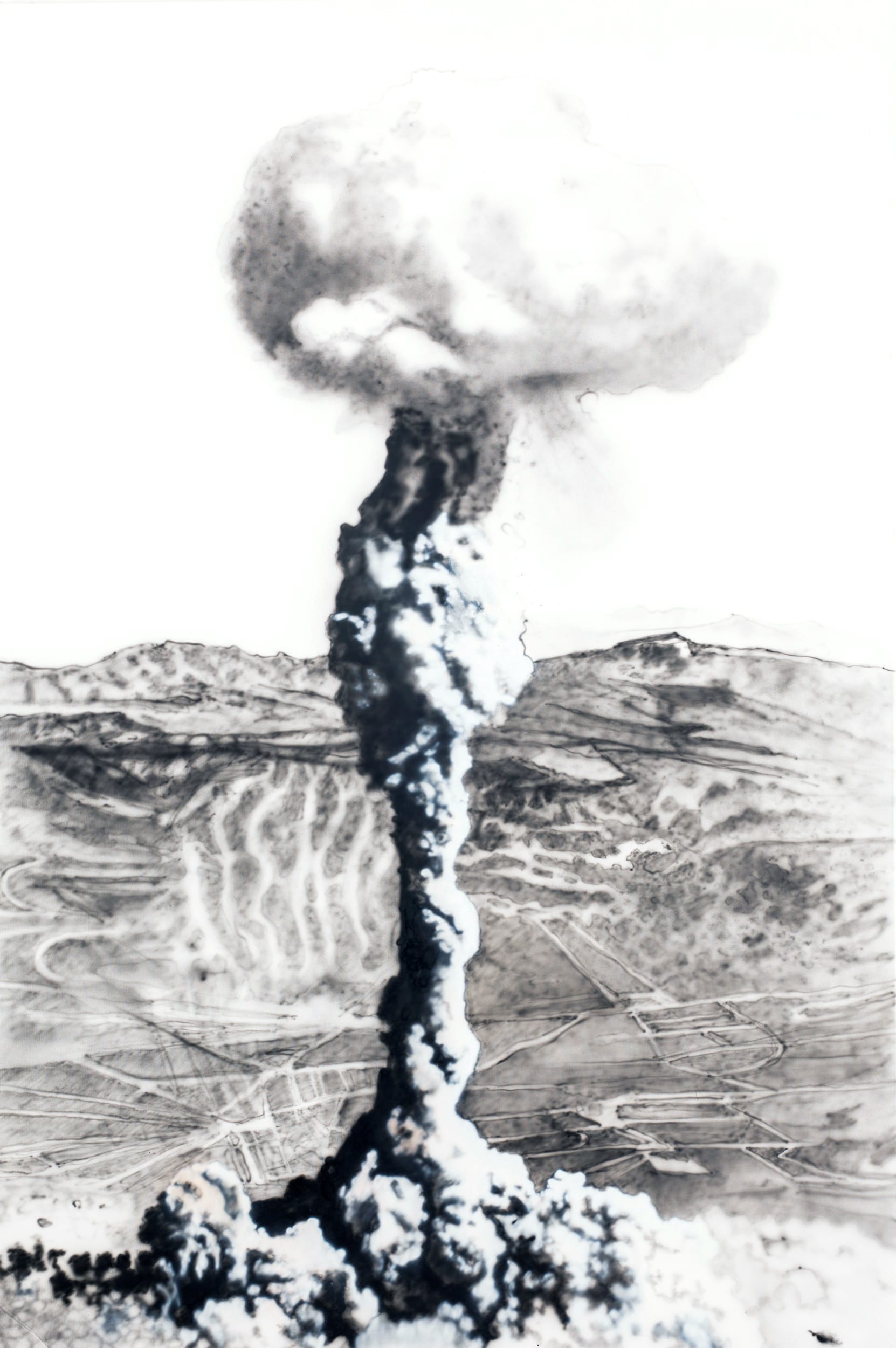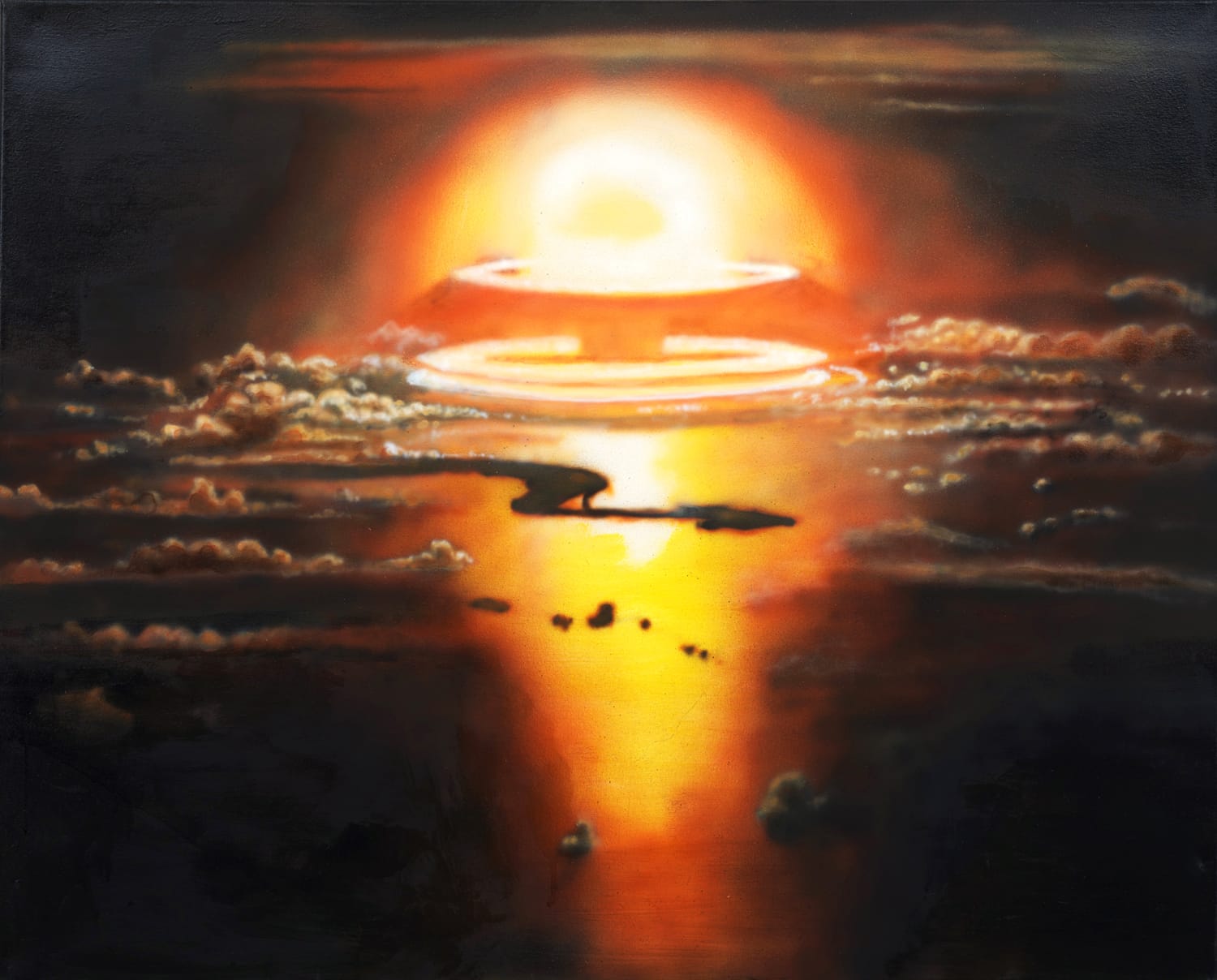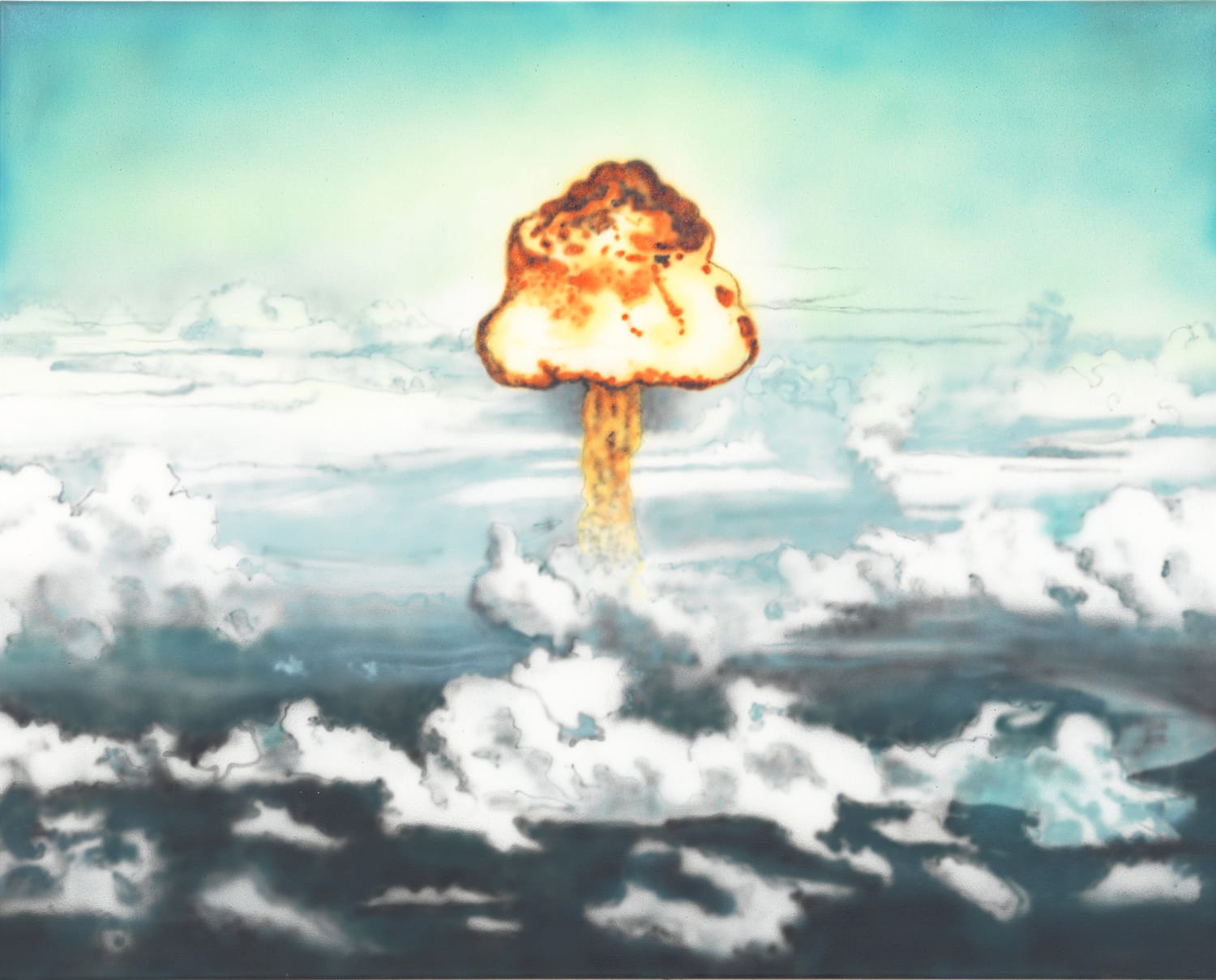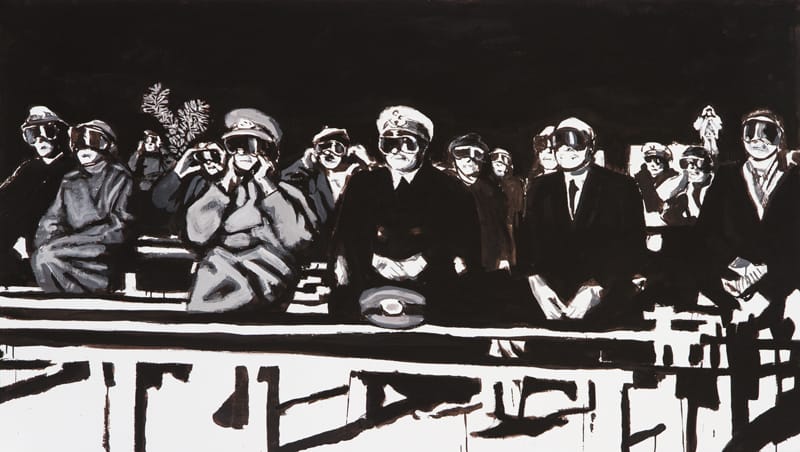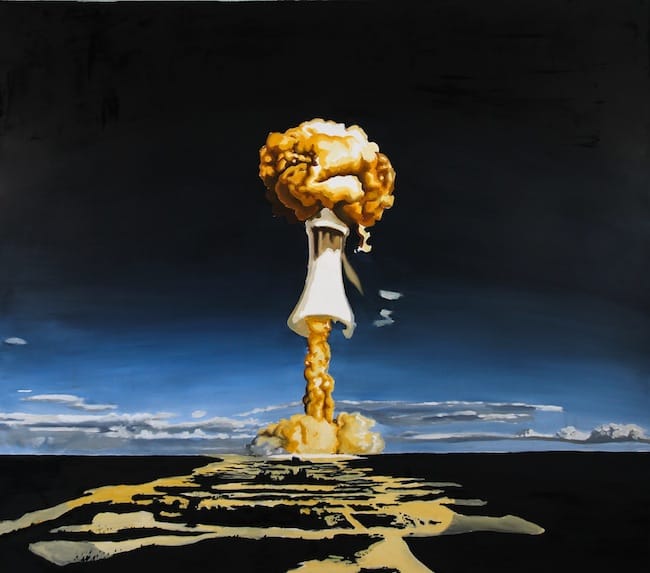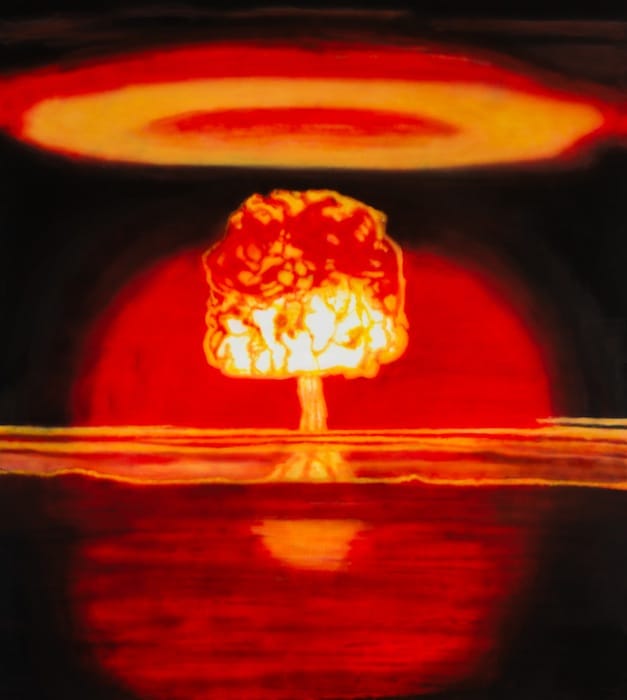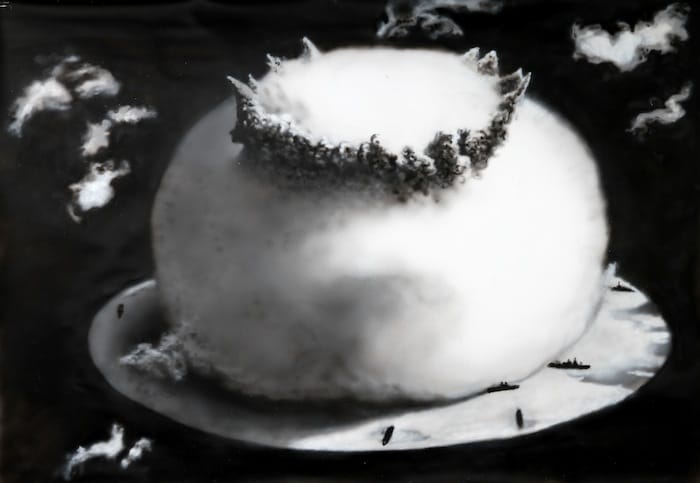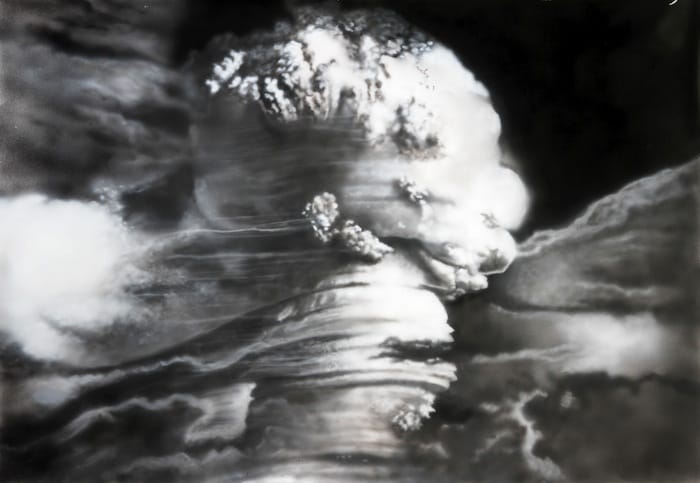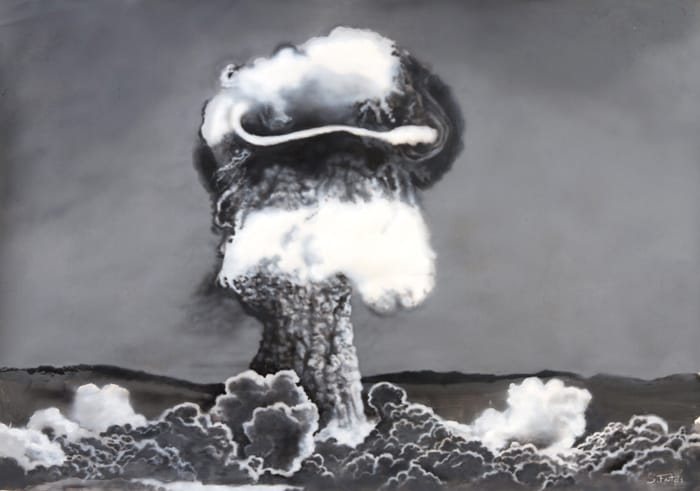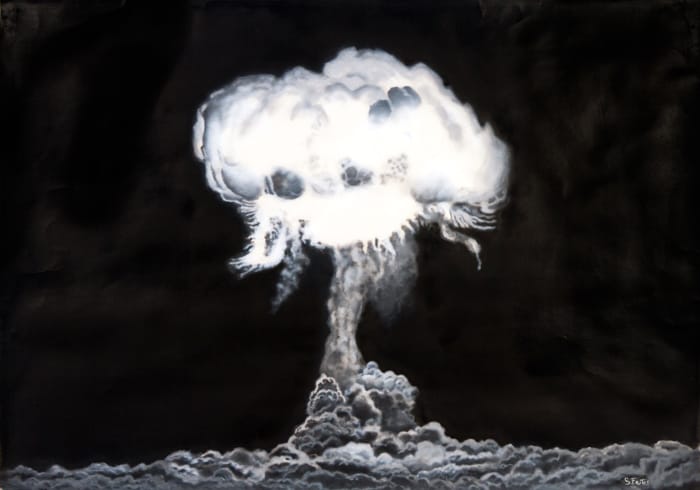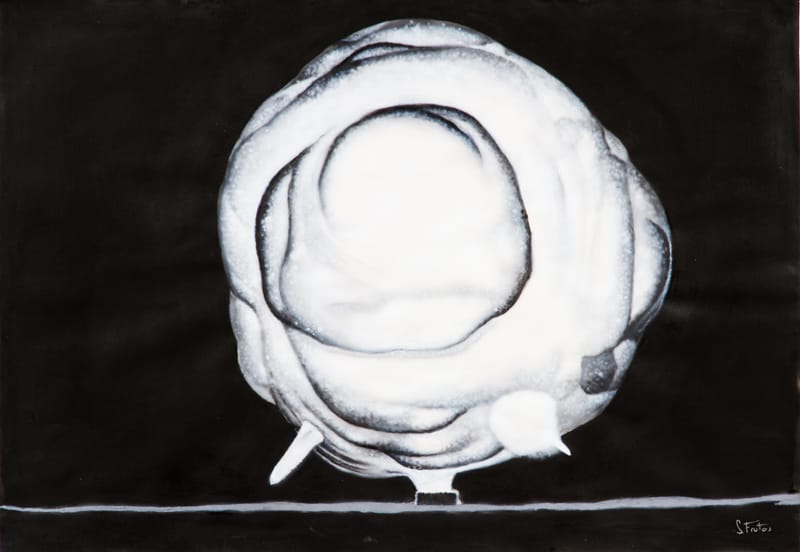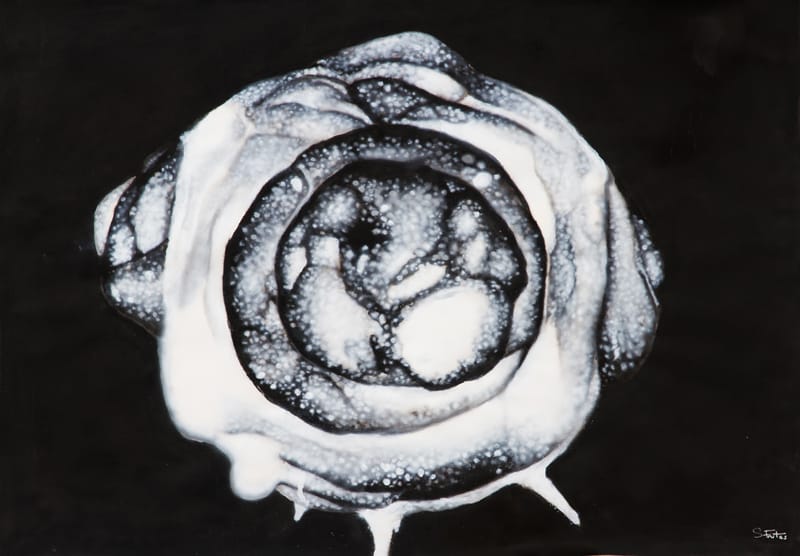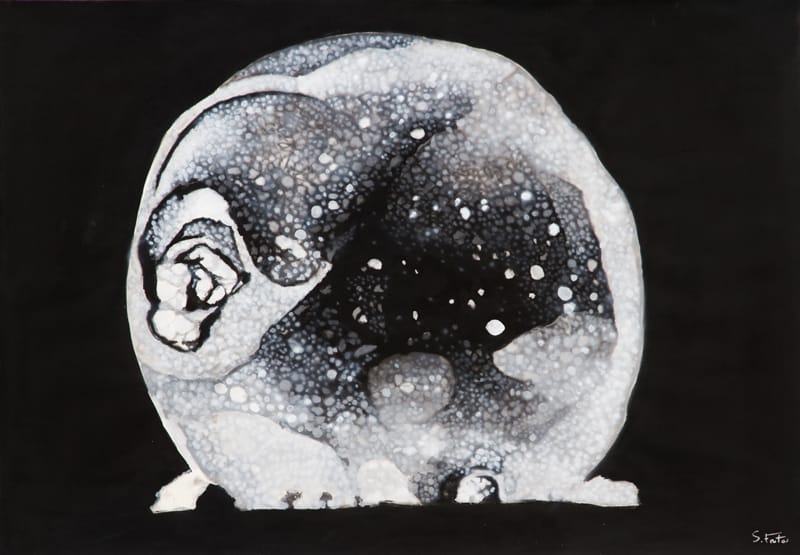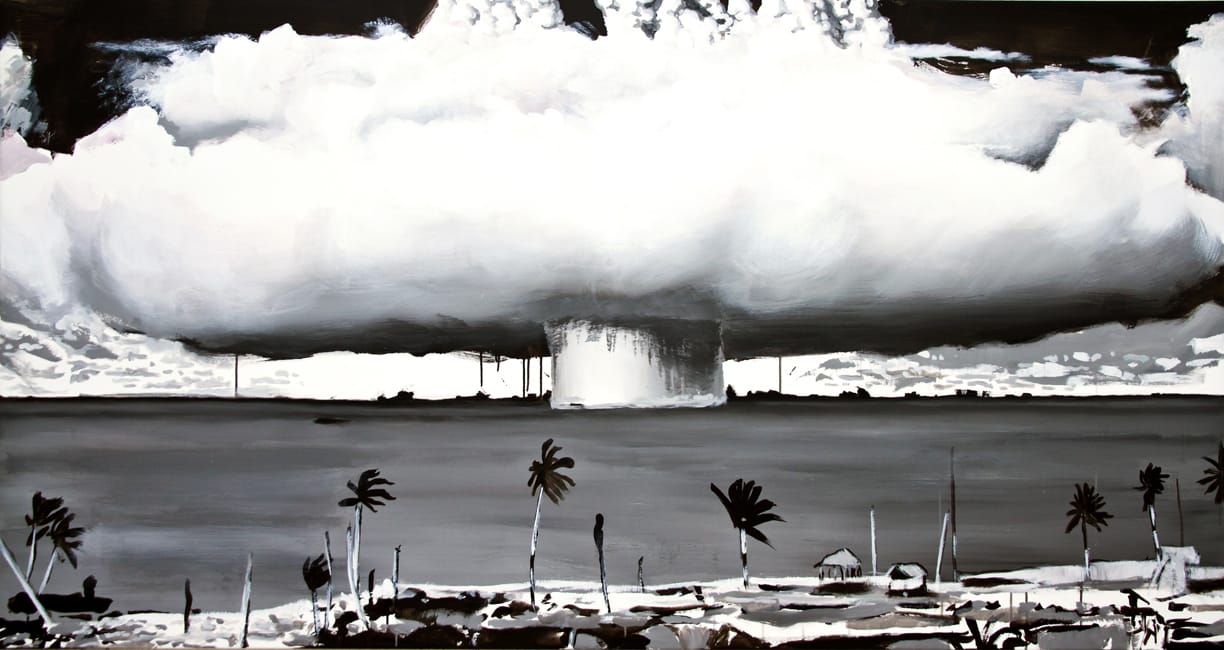Naron of the long-lived Rigellian race was the fourth of his line to keep the galactic records.
He had the large book which contained the list of the numerous races throughout the galaxies that had developed intelligence, and the much smaller book that listed those races that had reached maturity and had qualified for the Galactic Federation. In the first book, a number of those listed were crossed out; those that, for one reason or another, had failed. Misfortune, biochemical or biophysical shortcomings, social maladjustment took their toll. In the smaller book, however, no member listed had yet blanked out.
And now Naron, large and incredibly ancient, looked up as a messenger approached.
“Naron,” said the messenger. “Great One!”
“Well, well, what is it? Less ceremony.”
“Another group of organisms has attained maturity.”
“Excellent. Excellent. They are coming up quickly now. Scarcely a year passes without a new one. And who are these?”
The messenger gave the code number of the galaxy and the coordinates of the world within it.
“Ah, yes,” said Naron. “I know the world.” And in flowing script he noted it in the first book and transferred its name into the second, using, as was customary, the name by which the planet was known to the largest fraction of its populace. He wrote: Earth.
He said, “These new creatures have set a record. No other group has passed from intelligence to maturity so quickly. No mistake, I hope.”
“None, sir,” said the messenger. “They have attained to thermonuclear power, have they?”
“Yes. sir.”
“Well, that’s the criterion.” Naron chuckled. “And soon their ships will probe out and contact the Federation.”
“Actually, Great One,” said the messenger, reluctantly, “the Observers tell us they have not yet penetrated space.”
Naron was astonished. “Not at all? Not even a space station?”
“Not yet, sir.”
“But if they have thermonuclear power, where then do they conduct their tests and detonations?”
“On their own planet, sir.”
Naron rose to his full twenty feet of height and thundered, “On their own planet?”
“Yes, sir.”
Slowly Naron drew out his stylus and passed a line through the latest addition in the smaller book. It was an unprecedented act, but, then, Naron was very wise and could see the inevitable as well as anyone in the galaxy.
“Silly asses,” he muttered.
First published in: Future Science Fiction, February 1958, p. 114
Collections:
Have You Seen These?
Buy Jupiter and Other Stories
The project Atom is based on archival photographs from nuclear tests and revolves around how the ‘atomic age’ is a turning point and to which extent human stupidity can destroy the world we live in. Is possible the survival of humanity and living beings with whom we share the planet as we know it under the current system?.
The phrase “atomic age” has been around since 1945 in reference to the world’s reframing by the newfound human control over nuclear forces. Nuclear weapons prompted both apocalyptic visions of humanity’s annihilation through mutually assured destruction and promises of abundance, progress, and modernity through the utilization of atomic energy.
On the one side, the atrocities of mass destruction in Japanese cities, on Pacific Atolls, and other “testing sites” across the globe forever stamped the self-image of the human as an engineer of death. On the other side, harnessing nuclear power and the emerging nuclear sector were hailed as instruments of national security, a hotbed of technological innovation, a wellspring for electric household energy, and a radically modern means of investigating the natural world and improving human bodies and diets. But soon the smiling side of this Janus face faded, and threat of radioactivity became the scare phenomenon of the second half of the twentieth-century. Radioactive contamination has changed the natural and the social environment to an extent that brings a whole new register into focus: the possibility that life on this planet could end as we know it.
Our current development, predating the planet, following the dictates of capitalism will certainly drive us to mass extinction.
Production of steel requires iron, coal, and an immense amount of air which passes through the mix. Today, all the air on Earth contains traces of radioactive residues from the nuclear tests realized since 1945. The so produced metals contain contamination by radionuclides, interfering with the function of sensitive medical and technical equipment. Until recently, scientists involved in the production of those devices sought metals uncontaminated by background radiation, referred to as low-background steel, low-background lead, and so on.
For many years, for certain sensitive scientific instruments, it wasn't possible to manufacture on Earth steel or other metals without radionuclides, it had to be taken from shipwrecks sunken before 1945, as the German naval fleet that Admiral Ludwig von Reuter scuttled in 1919 to keep the ships from the British, as lead has been frequently taken from roman archeological sites.
Since the nuclear test race in 40s and 50s, the world has advanced in nuclear technology. Today, a nuclear bomb could target a large-scale attack, at a longer range, and with much greater destructive force. People are increasingly concerned about the potential destructive humanitarian outcomes. So long as nuclear weapons exist, it is inevitable that someday they will be used, whether by design, accident, or miscalculation. The danger of use of nuclear weapons is greater than ever before due to proliferation of nuclear weapons, terrorism, and political instabilities.
[...]
“And so?” you ask your guide, the nice one.
“So, we learned to make stars,” he answers.
“I thought you told me that this was already like a sun.”
“Oh, yes, but it's not a real sun. Real suns don't work like that. They're much more powerful. So we made real stars.”
“I can't believe it.”
“And what do you think that white powder you've got there and this thermos I've got here are for?”
“The stuff that stars are made of?”
“Yes. And nightmares.”
Antonio Cantó, “Así funciona un arma termonuclear.” La pizarra de Yuri: historias de ciencia al calor del fuego. Guadalajara ; Madrid: Silente, 2011. →
